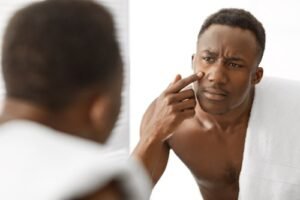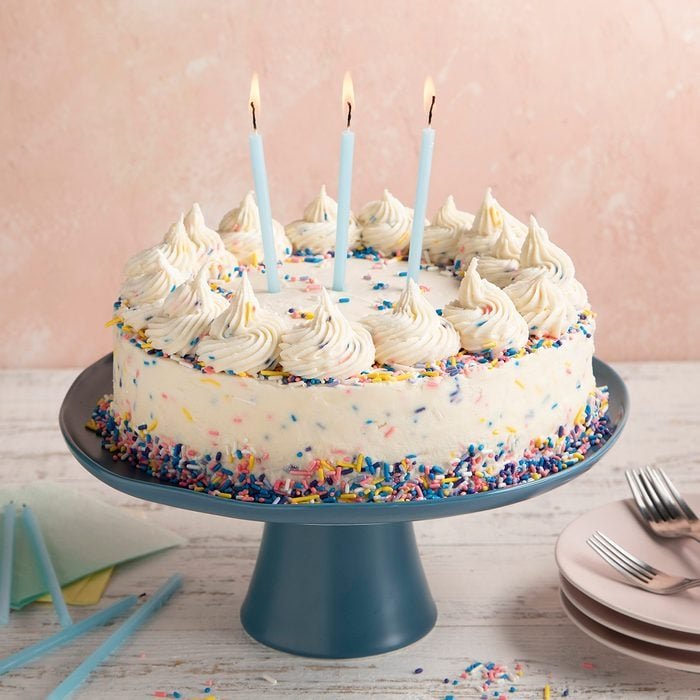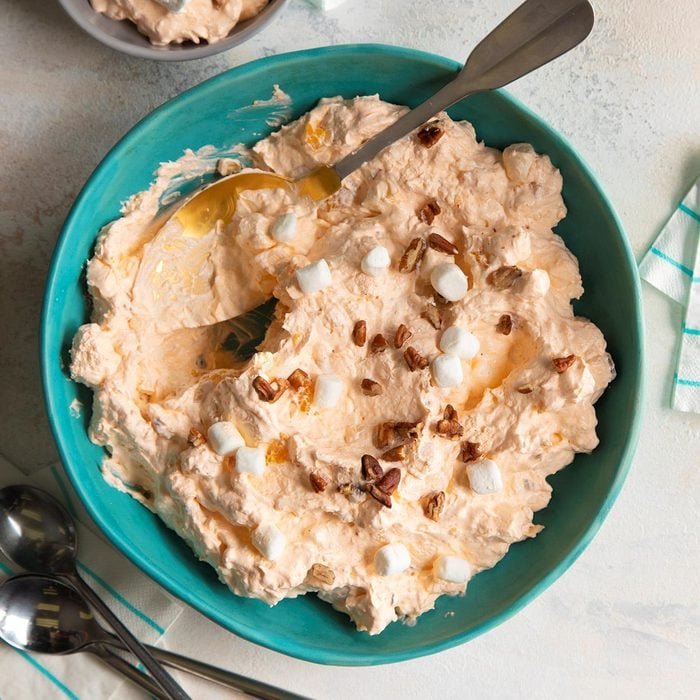Pilonidal Sinus Cyst_ From Initial Symptoms to Healing
Understanding Pilonidal Sinus: From Symptoms to Recovery
A pilonidal sinus cyst is a small, abnormal pocket that forms just above or within the crease between the buttocks. Often containing hair, skin debris, or fluid, it can become painful or infected, sometimes progressing into a tunnel-like structure known as a pilonidal sinus. Treatment options range from simple home care to manage discomfort to medical procedures like drainage or surgery. This guide explores the causes, treatment options, and self-care strategies to manage pilonidal sinus disease (PSD) effectively and prevent recurrence.
What Causes Pilonidal Sinus Cysts?
Several factors contribute to the development of pilonidal sinus cysts, though myths like excessive sweating have been debunked. Research suggests that dry, coarse hairs lodging in the buttock crease, particularly after activities like haircuts, may play a role. Other risk factors include:
-
Gender and Anatomy: Men and individuals with a deep intergluteal cleft are more prone.
-
Body Hair: Coarse or excessive hair, especially in the buttock area, increases risk.
-
Lifestyle Factors: Prolonged sitting, obesity, or sedentary habits can contribute.
-
Trauma or Friction: Injury to the tailbone or repetitive pressure in the gluteal area may trigger cyst formation.
Understanding these triggers helps in adopting preventive measures to reduce the likelihood of developing PSD.
Symptoms and Complications of Pilonidal Sinus Disease
Pilonidal sinus disease varies in severity, from asymptomatic cysts to painful, infected sinuses that disrupt daily life. Common symptoms include:
-
Pain and Discomfort: Pain near the tailbone, especially when sitting, is a frequent complaint.
-
Infection Signs: Redness, swelling, warmth, fever, fatigue, or pus leakage indicate infection.
-
Abscess Formation: An infected cyst may form a painful abscess, requiring urgent care.
Chronic pain or recurrent infections can lower quality of life, prompting many to seek treatment to alleviate symptoms and prevent complications.
Factors Influencing Treatment Decisions
The approach to treating pilonidal sinus depends on several factors, including cyst size, symptom severity, and patient preferences. Key considerations include:
-
Cyst Size: Small, asymptomatic cysts may only need monitoring, while larger ones might require surgical intervention.
-
Pain Levels: Severe or persistent pain often drives the decision for more invasive treatments.
-
Infection: Infected cysts or abscesses typically necessitate drainage or surgery over conservative methods.
Patients and healthcare providers collaborate to tailor treatment plans based on these factors, balancing effectiveness with recovery time.
Treatment Options for Pilonidal Sinus
Treatment for pilonidal sinus ranges from conservative management to surgical procedures, depending on the condition’s severity. Below are the primary options:
Watchful Waiting and Home Care
For small, symptom-free cysts, monitoring may suffice. Home remedies like warm compresses can reduce discomfort, but attempting to pop or drain a cyst at home is strongly discouraged.
Minimally Invasive Procedures
-
Incision and Drainage: Performed under local anesthesia, this involves a small incision to drain pus or fluid from the cyst, relieving pain and infection.
-
Hair Removal: Regular hair removal in the affected area, as advised by a healthcare provider, can prevent recurrence.
Surgical Interventions
For persistent or infected sinuses, surgery may be necessary. Options include:
-
Excision: A larger incision removes the sinus tract and affected tissue. The wound may be closed with stitches or left open to heal naturally.
-
Open vs. Closed Wounds: Open wounds reduce infection risk but take longer to heal, while closed wounds heal faster but may increase recurrence risk.
Antibiotics may be prescribed post-procedure to manage or prevent infection. The choice of surgery depends on the sinus’s complexity and the patient’s health profile.
Self-Care Tips for Healing and Prevention
Proper self-care during recovery is crucial for healing and preventing recurrence. Recommended practices include:
-
Wound Care: Keep the area clean with mild soaps and change dressings as advised, typically 2–3 times weekly. Apply prescribed topical antiseptics to reduce infection risk.
-
Monitoring for Infection: Watch for signs like redness, swelling, or fever, and report them to a healthcare provider promptly.
-
Hygiene Practices: Shower daily using a handheld showerhead to clean the area. Use antimicrobial soap and personal wipes or a bidet for post-bowel movement hygiene.
-
Hair Management: Regular hair removal, such as shaving or laser treatments, can minimize hair-related irritation.
-
Lifestyle Adjustments: Avoid prolonged sitting, especially in high-risk occupations like truck driving. Opt for low-impact activities like walking or yoga during recovery, as sports involving repetitive motions may aggravate the condition.
Preventing Recurrence of Pilonidal Sinus
Preventing pilonidal sinus recurrence involves addressing risk factors and maintaining good hygiene. Key strategies include:
-
Weight Management: Maintaining a healthy weight reduces pressure on the gluteal area.
-
Activity Modifications: Limit prolonged sitting and avoid high-risk sports during healing.
-
Regular Hygiene: Consistent cleaning and hair removal in the buttock area lower the risk of new cysts.
By adopting these habits, individuals can significantly reduce the chances of PSD returning.
When to Seek Medical Attention
Prompt medical care is essential if symptoms worsen or new issues arise. Contact a healthcare provider if you experience:
-
Increased pain or swelling.
-
Signs of infection, such as fever, redness, or pus.
-
Persistent discomfort despite home care.
Early intervention can prevent complications and improve outcomes.
💡 Frequently Asked Questions
Will cause: Why Do Pilonidal Sinus Cysts Style?
Answer coming soon. We are working on detailed responses to this common question.
⭐ Expert Tips
- Include seasonal or trendy variations to keep your meals exciting.
- Highlight prep shortcuts or time-saving techniques for busy cooks.
- Consider dietary restrictions and include substitution suggestions.
✅ Key Takeaways
- These dinner ideas are perfect for impressing guests or enjoying special occasions.
- Choose recipes that match your skill level and available kitchen tools.
- Presentation and taste both contribute to a memorable dining experience.
📣 Join Our Community
Want more inspiration like this? Subscribe to our newsletter for weekly dinner ideas and cooking tips!






